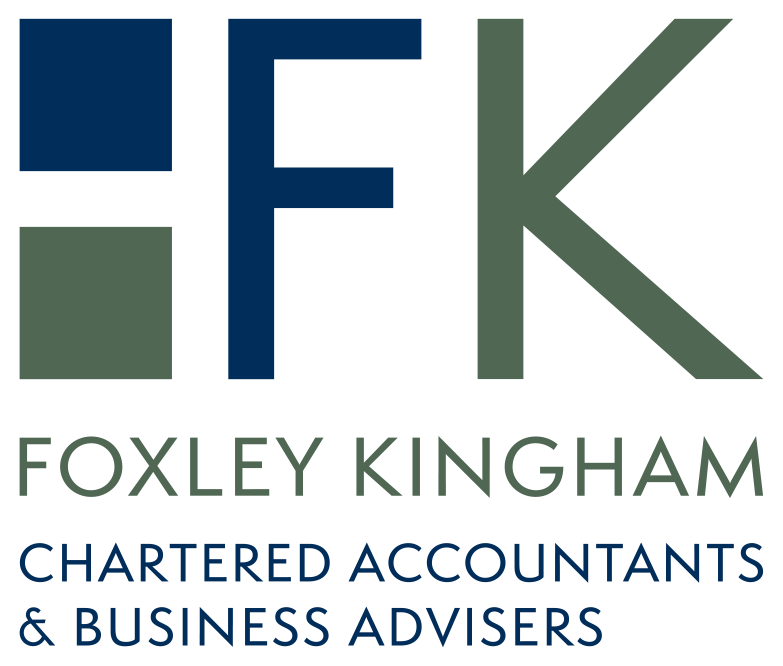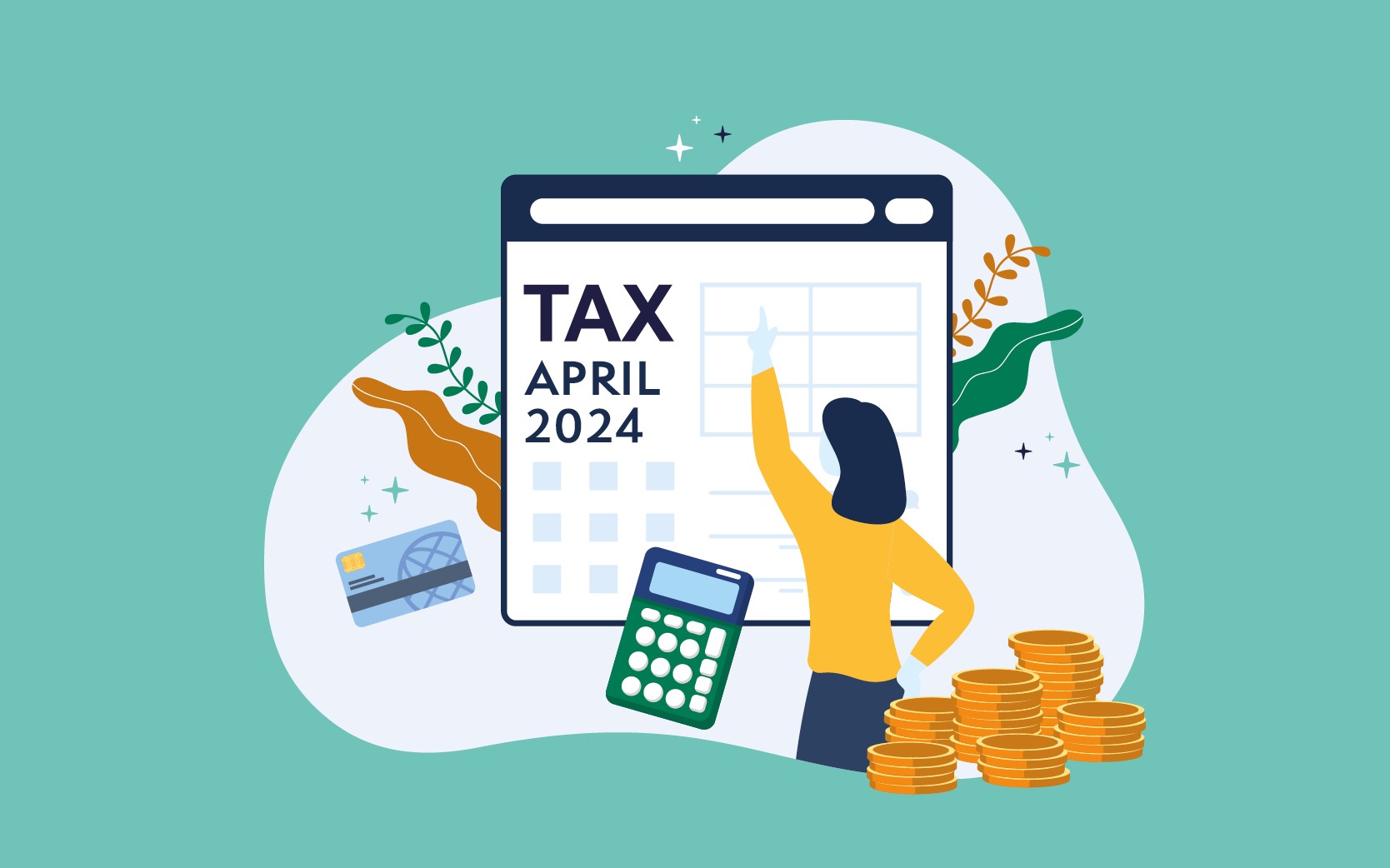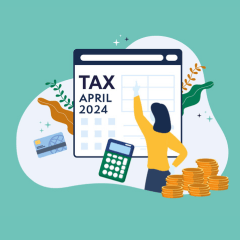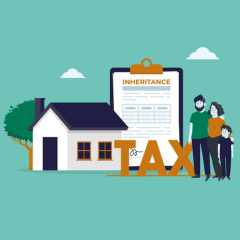The most prudent business owners, sole traders, and individuals will already be turning their thoughts to the upcoming end of the tax year – once we’re in 2024, it’ll be April before you know it. April 2023 marked a large number of changes as a result of the winter ‘Mini-Budget’ and the subsequent u-turn that followed shortly afterward. So, whether you’re a business, self-employed, or submitting your personal tax return, here’s our practical advice on tax planning for the rest of this financial year.
FOR BUSINESSES
Corporation Tax
As a reminder, in April 2023 the main rate of corporation tax increased to 25% once profits are over £250,000. Profits up to £50,000 remain taxed at 19%. Profits between £50,001 and £250,000 are taxed at a marginal rate of 26.5%.
Tax tip: As you approach your company year end, assess your profits: If you are close to breaching the £50,000 threshold consider making a pension payment, legitimately delaying income or accelerating expenditure (including capital spend – see below) to keep within the £50,000 taxed at 19%
Be aware that these thresholds are lower if your accounting period is less than 12 months or you have associated companies under your control.
Capital Allowance – Full Expensing
The end of the last tax year also marked the end of capital allowance super deduction. The super deduction was, however, replaced with full expensing, allowing UK companies to write off 100% of the cost of qualifying plant and machinery investment from taxable profits, a measure now made permanent in the recent Autumn Statement. Qualifying plant and machinery must be new and exclude cars.
Capital Allowance – Annual Investment Allowance (AIA)
From April 2023, the Annual Investment Allowance remained at £1m, and applies to sole traders and partnerships, as well as limited companies.
Tax Tip: Remember AIA and Full Expensing allowances are claimed in the year of purchase, and these allowances reduce taxable profits, so plan your timing of capital spend to achieve tax relief at the highest available rate.
Dividends
If you’re running a family business, you might want to consider dividends as a more tax-efficient means of extracting profits from the company. Although dividends are not tax deductible for Corporation Tax, they do not trigger National Insurance contributions and are taxed at a lower rate than employment income, meaning they remain more tax efficient than salaries. As of April 2023, the dividend allowance was reduced from £2,000 to £1,000 for the year, and from April 2024, this rate will again be reduced from £1,000 to £500. There are currently no planned changes to the dividend rates of tax, which remain at 8.75%, 33.75% and 39.35%.
Tax tip: If you own a company, ensure shareholders have taken advantage of the tax free £1,000 dividend allowance before it reduces on 1 April 2024.
Maximise pension contributions
If you run a limited company, it’s usually more tax-efficient to make your own pension contributions through the company. This is because it reduces the company’s taxable profits. Similarly, you can reduce your taxable profits by increasing the pension contributions you make on behalf of your employees, including family members. Because these are tax deductible, a pension contribution of £100 will only cost the business £75, presuming the main rate of corporation tax is 25%.
Tax tip: If you are in business as a sole trader, landlord, or partnership, and your profits for the year are approaching the higher tax rate threshold, making a personal pension contribution will extend the basic tax rate threshold, meaning more income will be taxed at the lower rate.
Remember that pension contributions must be physically paid by the end of the accounting year for companies to gain the corporation tax relief in that year, and by 5th April for the purposes of the individual’s annual pension allowance. Company contributions are combined with gross personal contributions for the purposes of the £60,000 allowance.
FOR SOLE TRADERS
The basis period reform – tax year transition
April 23 – March 24 is being known as “the transition year” for sole traders and those in a partnership. As of 5th April 2024, profits will be taxed in line with the tax year where previously businesses could submit for an accounting period of their choice. Whilst we have known this change is coming for a while, should you require more information, you’ll find it in the articles here and here.
Tax tip: If you are a sole trader or partnership and do not have a 31st March or 5th April year end, this will most likely increase the amount of profits in the transition year. The additional profits will be automatically spread over five years starting 2023/24, but an election can be made to accelerate this. This might be useful for example when considering the rates of taxes paid in a given year.
FOR INDIVIDUALS
Income Tax
The rates of income tax for 2023/24 are as follows:
| Band | Taxable income | Income Tax rate | Dividend Tax Rate (Over £1,000 allowance) |
| Personal allowance | £12,570 | 0% | 0% |
| Basic rate | £12,571 – £50,270 | 20% | 8.75% |
| Higher rate | £50,271 – £125,140 | 40% | 33.75% |
| Additional rate | Over £125,140 | 45% | 39.35% |
The threshold at which you pay the additional rate was lowered in April 2023, from £150,000 to £125,140. Other thresholds worth noting are that Child Benefit starts to be clawed back once income exceeds £50,000, and the tax free personal allowance starts to be withdrawn when income exceeds £100,000, and removed entirely by the time you qualify for the additional rate (over £125,140). The income tax rates are also different if you live in Scotland.
From April 2024, the dividend allowance will be lowered again to £500. Consider how you can time payment of dividends to make the best use of your tax thresholds.
Tax tip: Make sure where possible you have used your tax free personal allowance and basic rate band to best effect, and if you are on the threshold for the next tax bracket, you should consider making larger pension contributions, gift aid payments, or deferring income to the following year.
Pensions
Pensions are a great way to avoid meeting the threshold of a higher tax rate, so before the end of the tax year, ensure you’ve used your full pension allowance. And remember – pension allowances can be carried forward up to three years, so ensure you’ve used your allowance for 20/21, 21/22, and 22/23.
As a reminder, the gross amount that can be put into most individuals’ pension schemes is called the Annual Allowance and is currently £60,000 per annum. Lower limits apply for those with income over £200,000, or those that have previously flexi-accessed their pension pots. Exceeding the Annual Allowance will incur additional tax, so it’s important to get right.
Tax tip: Now is the time to speak to us or your IFA to check what unused allowances you have, both for the current and previous three tax years, so you can plan payments accordingly.
Capital Gains Tax
April 2023 marked a significant reduction in the Capital Gains Tax annual exempt amount – from £12,300 to £6,000. And there’s more bad news this year, as the rate is lowered yet again to £3,000 from April 2024.
This means it’s even more important to make the most of initiatives like gifting an asset to your spouse and using their tax-free allowance. You might also want to time any asset sales, accordingly, ensuring you use your tax free allowance each year.
Inheritance Tax
Thanks to a freeze in Inheritance Tax thresholds which is set to run until April 2028, the nil-rate band will remain at £325,000 and the residence nil-rate band will remain at £175,000.
But, as always, lifetime gifts remain an excellent way to lower the overall taxable amount when you die. You have a £3,000 allowance to gift each year and you can carry £3,000 forward to the next year. Make the most of it and minimise the financial burden of IHT on your loved ones!
Savings and investments
As it has for the last few years, the annual ISA Allowance remains at £20,000 for financial year 23/24. If you’re a parent, your children also have a Junior ISA allowance of £9,000 – so make sure you’ve made the most of them before the end of the tax year!
Top tips:
- Lower your taxable income by making the most of pensions, savings, and tax allowances, wherever appropriate.
- Take the tax year into consideration when planning the sale of assets.
- Plan for the future and your family’s future, by maximising lifetime gifts and lowering the value of your taxable estate upon death.
- If you haven’t already done so, start getting your paperwork in order now, to ensure you meet the 31st January digital deadline.
Looking forward
If you’re self-assessing, here are the key dates for your diary, for next tax year.
31st January 2024 – The deadline for online self-assessment tax returns. Also, the due date for the first ‘advance’ payment is based on your previous year’s taxes owed.
28th February 2024 – The date a 5% surcharge applies on unpaid self-assessment taxes
6th April 2024 – the beginning of the new tax year
31st July 2024 – The deadline to make the second ‘advance’ payment into your tax account, based on your previous year’s taxes owed.
The end of the tax year can be a stressful time, as can the approaching deadline for submission of self-assessment. As always, start preparing now and if you need professional advice on any of that which we’ve discussed in this article – get in touch.










